Between Efficiency and Dehumanization: How AI is Changing Employee Feedback
Employee feedback has evolved from an HR checkbox to a powerful driver of engagement, retention, and organizational performance. When used effectively, feedback strengthens leadership, collaboration, and the organization as a whole. AI can meaningfully support this process: for example, through Natural Language Processing (NLP) that analyzes large volumes of open-text responses to uncover patterns and trends. Or by deriving targeted actions using Generative AI – guided by expert knowledge, best practices, and the company’s specific context.
According to Gartner, generative AI solutions are expected to be widely used in HR technologies within the next one to three years.
However, AI should not replace feedback but only accompany it
The numbers paint a clear picture: Over 80% of companies regularly conduct engagement surveys – yet 83% fail to analyze the results using advanced people analytics. As a result, many surveys lead to no concrete follow-up. Initiatives are rarely launched, and visible changes are often missing. And when actions are taken, they frequently happen in areas where they have the least impact on achieving strategic goals. It’s no surprise, then, that half of all C-level executives don’t take survey results seriously – and many are considering abandoning them altogether.

More and more HR tools are now offering features that help employees write feedback – or even suggest complete responses. Some platforms see this as a gain in efficiency. But this is precisely where the cultural challenge begins: feedback thrives on personality, context, and honesty. When that voice is replaced by AI, the result is feedback that lacks depth, credibility, and impact. And in doing so, feedback loses what it’s truly meant to create: connection, trust, and change.
Keeping Feedback Human
Technology can assist, but it will never replace the human touch. AI can analyze, recognize patterns, and relieve HR teams. But it must never replace the voice of the employees. Technology can streamline processes, but empathy, sensitivity, and authenticity remain uniquely human. Feedback thrives on authenticity, context, and relationships. It should always come directly from the people it affects.
AI Needs Clear Boundaries – Even in HR
AI can do a lot in HR: it can analyze data, recognize patterns, speed up evaluations, and even help formulate surveys. These are all useful applications that relieve HR teams and provide strategic support.
Leading consultancies such as Deloitte also take a clear stance on this: according to the report “Ethical AI Guidelines for HR” (2023), AI should only be used for data-based tasks – never for empathetic activities such as employee feedback or development discussions.AI helps to analyze information and provide food for thought. But compassion, appreciation, and situational sensitivity emerge only through human contribution. For this real human conversation is important, and it is not something that can be extracted from a dataset. That is why both are needed: intelligent technology and human responsibility.
How HR Can Use AI Responsibly
To ensure that AI becomes an opportunity rather than a threat, organizations should follow clear principles:
1. AI as a tool, not a voice
AI can identify trends and flag issues, but feedback must come from employees themselves. Employees need to know that their opinion matters and they are heard.
2. Create transparency
Companies should be transparent about where and how AI is used, and also clearly state where it is deliberately not used. This is the only way to build trust when dealing with sensitive issues. It is equally important to establish clear rules. Employees should know exactly when and where the use of AI is not permitted – for example, in personal feedback or confidential conversations.
3. Sensitize HR teams
HR professionals should understand the benefits and limitations of using AI. Not every application is appropriate; therefore, training ensures thoughtful implementation.
4. Empower human decisions
AI inspires, analyzes, and supports with data-based suggestions. But decisions require experience, empathy, and a deep understanding of the dynamics within the company. This responsibility lies with humans, which is why humans should always have the final say.
You can find specific examples of successful use of real-time feedback in our blog article “Quick feedback as a competitive advantage.”
Progress requires Responsibility: AI in HR as a Helpful Tool, not a Replacement
Digitalization is fundamentally changing HR. AI promises greater efficiency, better analysis, and data-driven decisions when dealing with employee feedback. It recognizes patterns, condenses large amounts of data, and reveals trends that would often remain hidden without technical support.
Besides the abovementioned fields of application, atwork uses AI where it makes the greatest difference: turning insights into effective action – efficiently.
At the core is a proprietary, intelligent “AI Middle Layer” that integrates expertise, best practices, the organizational context, and performs driver and predictive analyses to identify statistical correlations between survey results and desired outcomes.
These insights – combined with survey results – are then translated into concrete, high-impact actions supported by Generative AI.
The result: companies no longer automatically focus on the lowest-scoring survey results, but instead act on the levers that truly drive the outcomes they seek. And, they leverage best-practices and know-how to derive context-specific actions tailored to their organization.
To turn survey results into action, AI can give a helpful push — but real change still depends on people.
How atwork Makes a Difference

Employee surveys don’t have to be complicated.
atwork shows how modern employee feedback can be made simple, precise, and impactful.
With scientifically validated question sets, the platform brings efficiency and accuracy to survey setup – and adds structure and depth to the analysis process. This makes it easy to see what’s going well in the organization and where action is needed.
Feedback is collected continuously, analyzed intelligently, and translated into effective measures.
You can also create custom surveys tailored to your specific goals. Open-text responses are automatically analyzed using advanced NLP technology, thematically grouped, and clearly visualized.
With real-time reports and dashboards, you immediately see where action is needed – and receive specific recommendations for measures proven to have high impact.
AI delivers the analysis, but people remain at the center.
What used to be just data points becomes the foundation for continuous development and real impact with atwork.
See for yourself how feedback leads to measurable results – book your demo with atwork today.
You may also like

Engaged to Care: Transforming Swiss Hospital Workforces through AI and Strategy
Swiss hospitals are facing rising burnout, absenteeism, and disengagement among staff — but AI-powered tools could be the key to turning things around. This study, conducted by students at Lucerne University of Applied Sciences and Arts in collaboration with atwork, explores how strategic HR technology can help transform employee engagement in the healthcare sector.
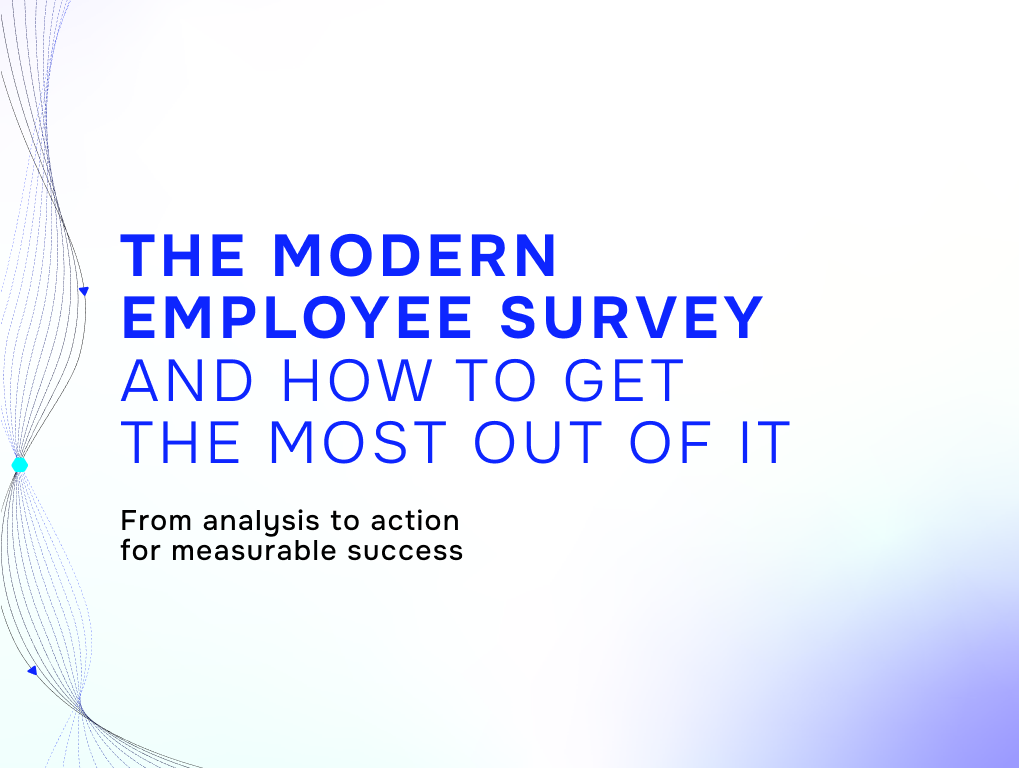
Optimizing Employee Engagement through Modern Surveys
Equip yourself with the knowledge and tools to drive organizational success and create a thriving workplace culture.

How do you get meaningful results from employee surveys?
We all know what it’s like: you get surveys in your e-mail inbox, requesting you to evaluate a service or your own employer. The questions and answers you can select are often the same. So, most people just sign off. A low response rate is not only irritating. If the rate is too low, the […]

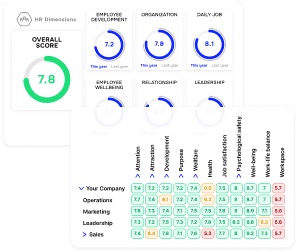
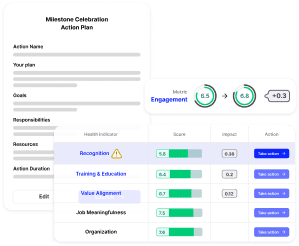
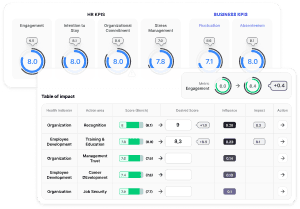
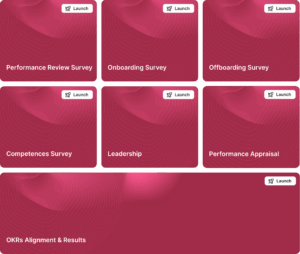
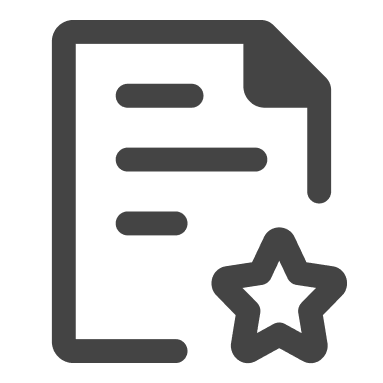 Guides
Guides  Studies
Studies